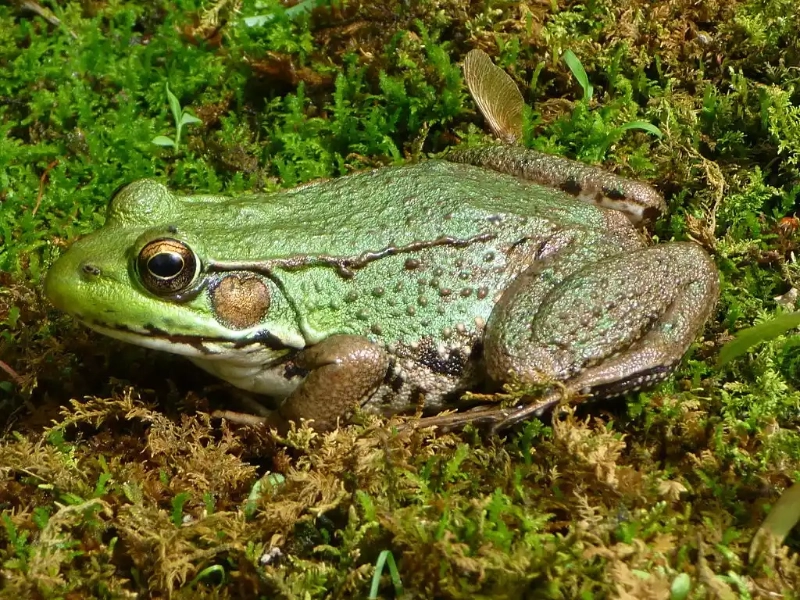Mind-Blowing Animals That Swap Sexes
8. The Remarkable Sex-Changing Abilities of Frogs: From Laboratory to Wild Observations

The remarkable capacity of frogs to alter their sex has captivated the scientific community for decades; this phenomena was first noted and investigated mostly in laboratory environments. These ground-breaking research showed that under some circumstances frogs could completely change their reproductive systems, therefore flipping between one sex and another. This finding opened new directions of research on the plasticity of sexual development and questioned accepted wisdom regarding the rigidity of sex determination in vertebrates. But for many years, there remained a mystery: Does this amazing talent show up in wild, natural populations, or is it only a product of laboratory conditions?
Recent studies have produced convincing data showing that sex transition in frogs is a naturally occurring occurrence in wild populations rather than limited within the controlled environment of the laboratory. Fascinating findings from field studies on green frog populations point to a possible natural occurrence of complete sex reversal—that is, the production of completely functioning reproductive organs of the opposite sex—that beyond previous belief. These discoveries have rocked the scientific community and caused a review of our knowledge of frog biology and the elements affecting sexual development in these amazing animals.
Widespread natural sex change in frog populations has enormous and diverse consequences. From an evolutionary standpoint, this capacity might give frogs a major adaptive advantage since it lets populations change their sex ratios in response to environmental stresses or demographic imbalances. For instance, the capacity of individuals to switch sex could help restore equilibrium and guarantee continuous reproductive success if a population gets slanted towards one sex due to predation or other circumstances. Furthermore, this adaptability in sexual development could assist frog populations withstand environmental changes by perhaps enabling them to adjust more quickly than animals with more strict sex determination systems.
The most recent findings present a more complex picture, while prior studies had shown that sex reversal in frogs might be connected to pollution or other human-induced environmental changes. According to the present body of research, sex change could be a natural and inherent capacity of many amphibian species rather than only a reaction to environmental variables. This discovery has significant ramifications for knowledge of amphibian ecology and conservation initiatives. It implies that although the existence of sex-reversed individuals in a group could not always be a sign of environmental disruption, it could rather represent a normal biological repertoire of these species. This does not lessen the need of keeping an eye on amphibian numbers for indicators of stress or disturbance brought on by human activity, though. Instead, it emphasises the need of thorough and sophisticated methods to amphibian conservation and research by adding still another level of complexity to our knowledge of these sensitive and ecologically significant animals.
Advertisement
You May Like

